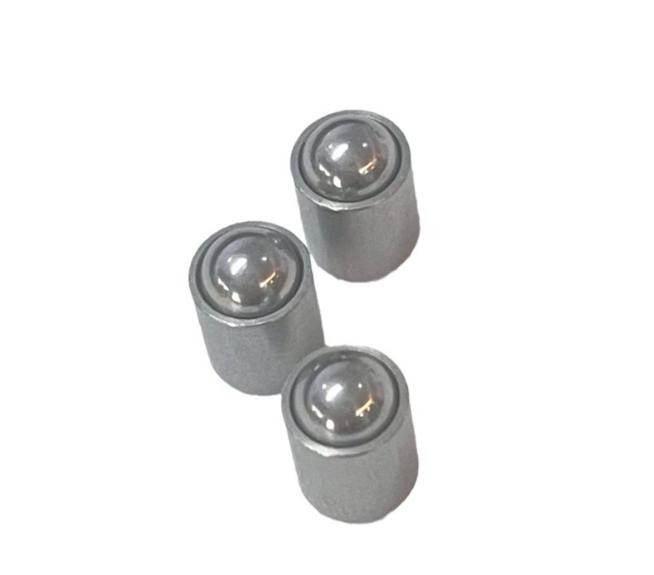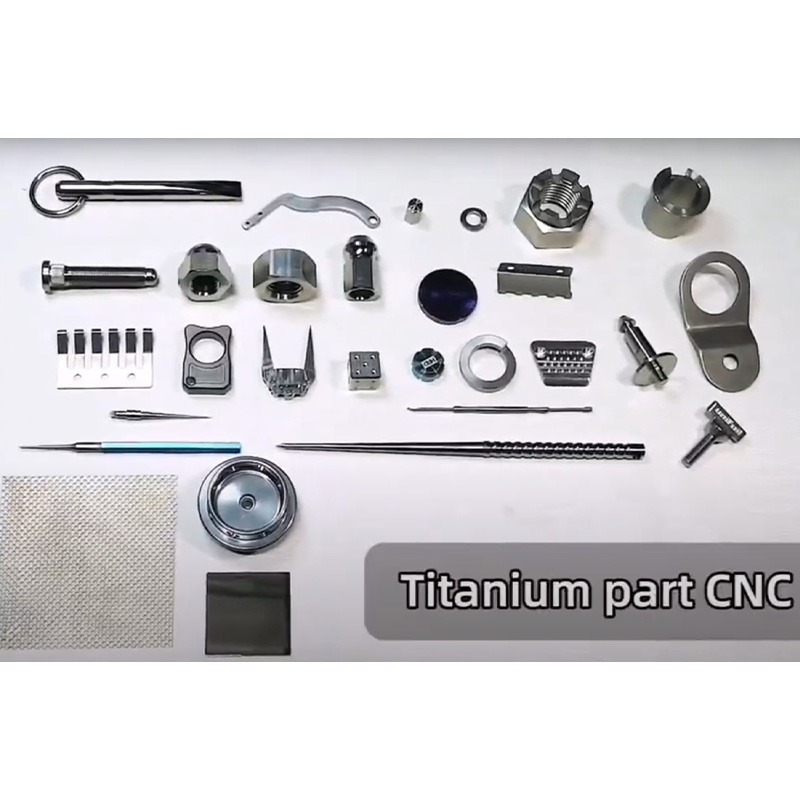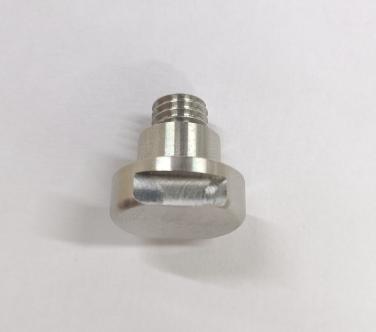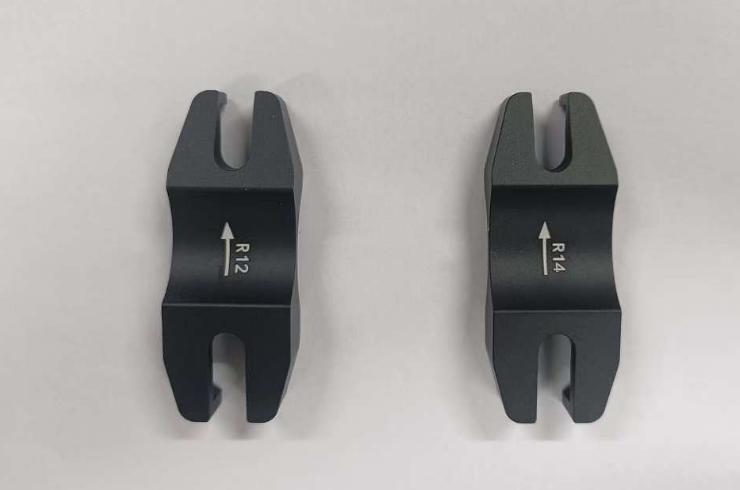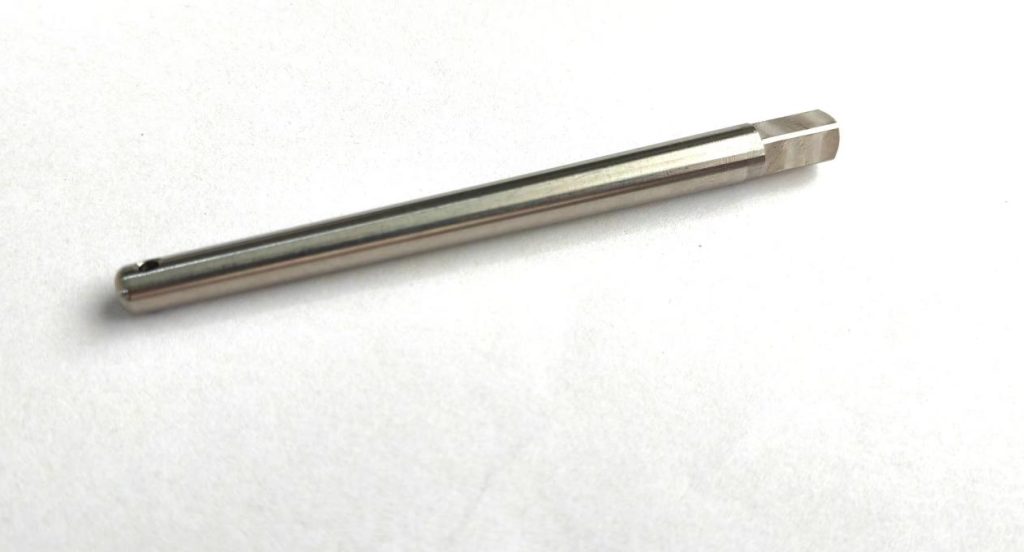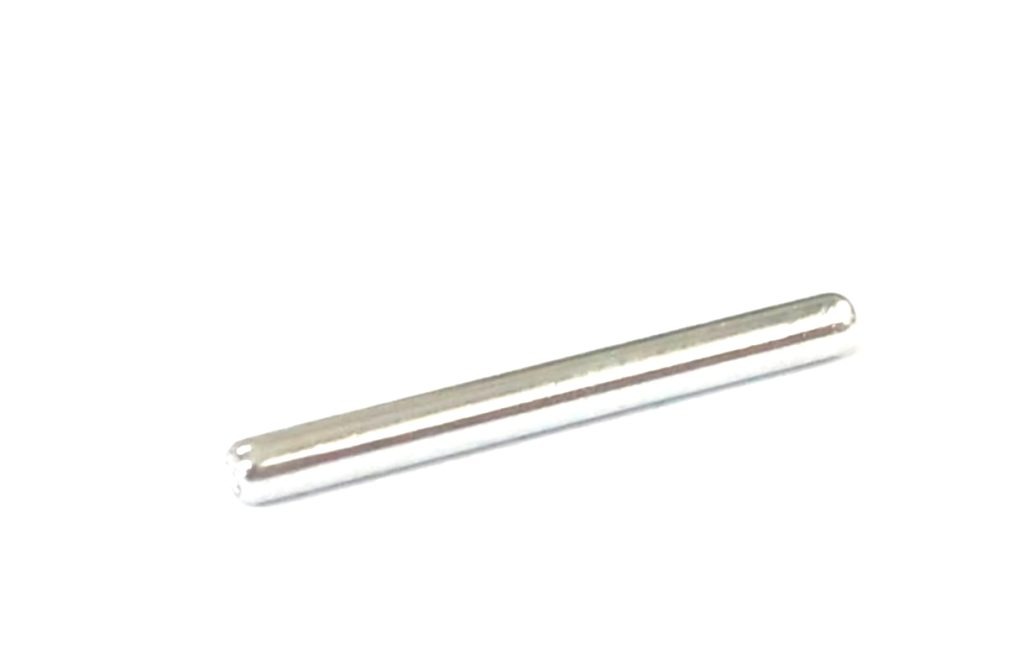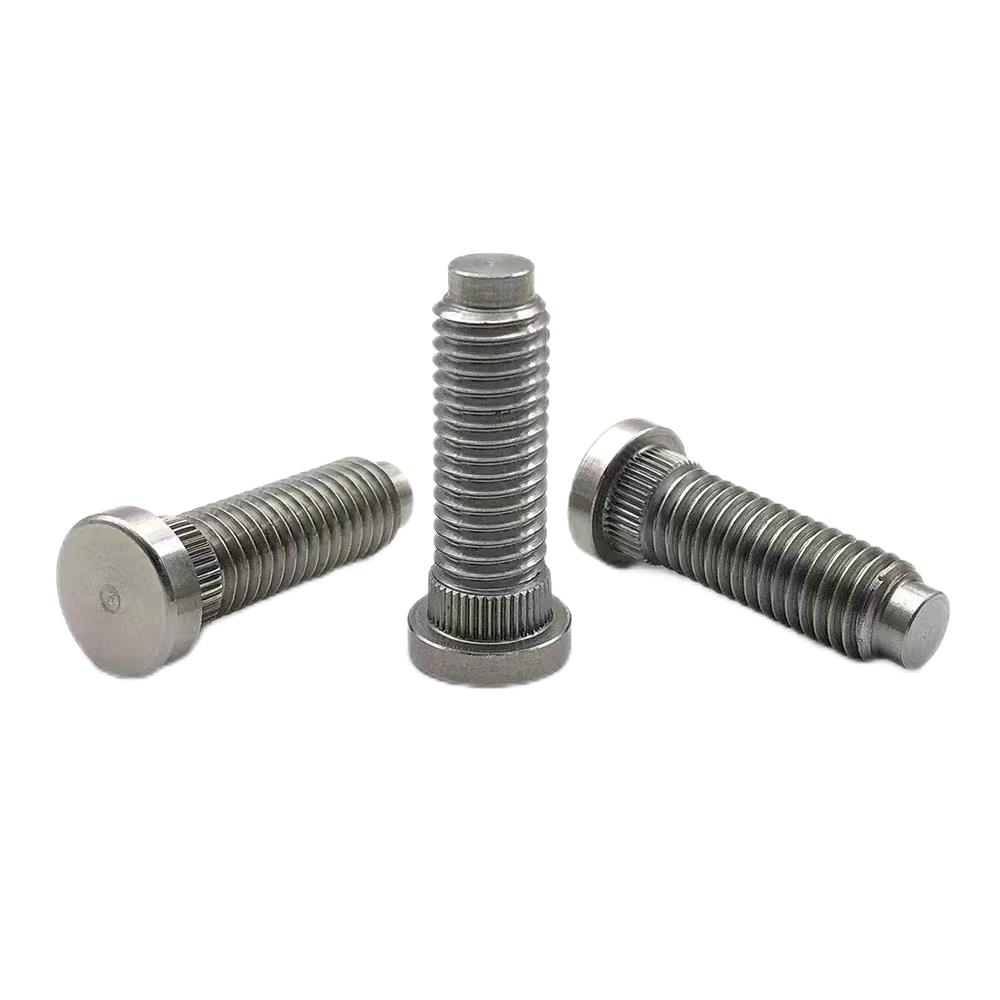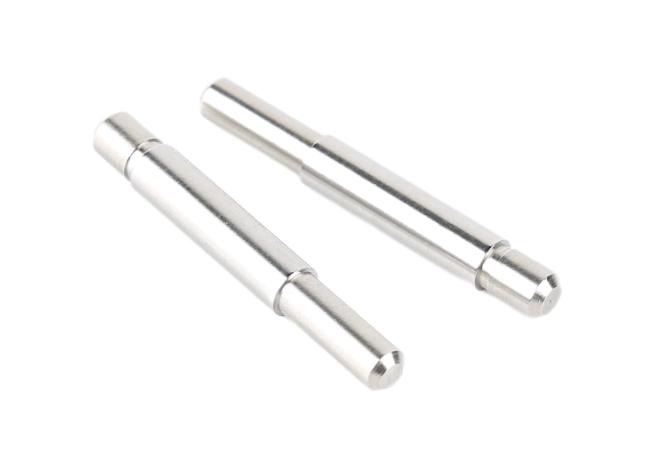5-axis CNC Machines: How to Ensure Precision and Quality in Complex Surfaces
Table of Contents
The use of 5-axis CNC machines has become indispensable in modern manufacturing, particularly for the machining of complex surfaces. These machines provide unprecedented versatility and precision, allowing manufacturers to produce intricate designs with high efficiency. However, while 5-axis CNC machines excel in capability, ensuring precision and maintaining high-quality standards in the machining process presents several challenges. This article explores the key considerations and strategies necessary to ensure precision and quality when machining complex surfaces using 5-axis CNC machines.
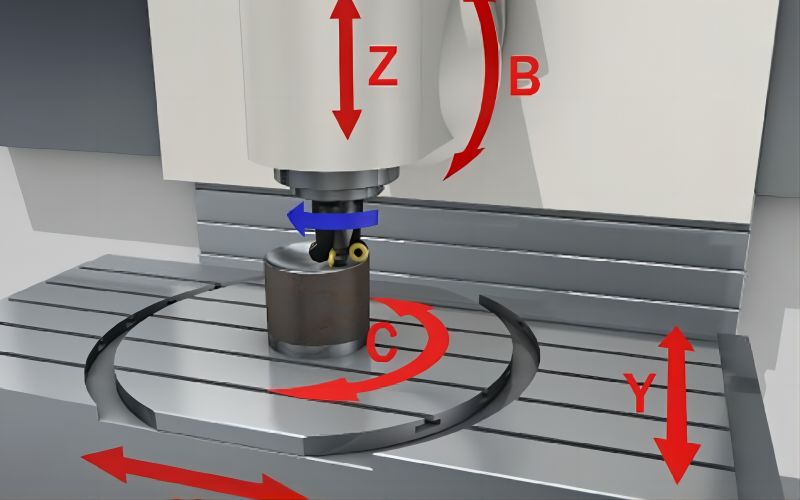
1. Machine Accuracy and Calibration
Ensuring precision in machining with a 5-axis CNC machine begins with focusing on the machine’s accuracy and implementing regular calibration processes. The following key factors contribute to achieving high-quality results:
Machine Precision
- High Accuracy: Choose CNC machines with high precision and rigid construction to minimize deviations during operation.
- Rigidity: A rigid machine resists cutting forces better, which leads to higher precision in the final product.
- Regular Calibration: Over time, machine accuracy can degrade due to wear and environmental factors. Regular calibration is essential to maintain the machine’s geometry and ensure consistent precision.
Thermal Deformation Compensation
- Heat Expansion: CNC machines generate heat during operation, which can cause parts to expand and affect precision.
- Temperature Sensors: Machines with temperature sensors can automatically adjust for these shifts by compensating for thermal deformation in real-time.
- Controlled Environment: Keeping the machine in a temperature-controlled room can prevent external temperature fluctuations from affecting machining quality.
Error Compensation
- Geometrical Errors: Even the most accurate machines can have small deviations in their movements, leading to minor errors.
- Software Compensation: Advanced software creates models of machine behavior and compensates for errors like geometric shifts or thermal deformations in real time, ensuring that precision is maintained throughout the process.
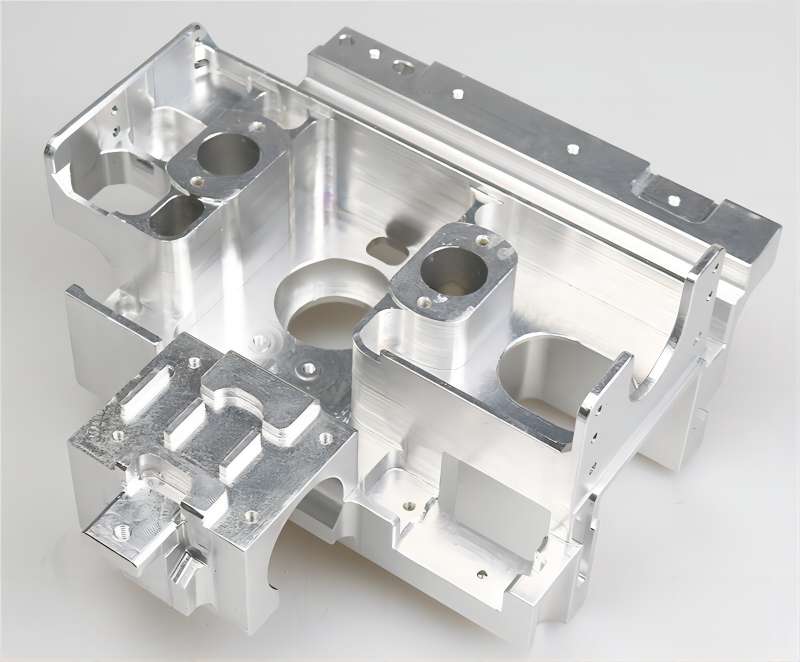
2. Tool Selection and Management
Selecting and managing the right tools is critical for ensuring high-quality machining and efficiency. Below are the key factors to consider:
Tool Material Selection
- Match Tool to Material: Use different tool materials based on the workpiece. For example:
- Harder Materials (like titanium or stainless steel) need high wear-resistant tools like carbide.
- Softer Materials (like aluminum) require sharp tools that ensure smooth cutting, even if they are less durable.
- Sharpness and Durability: The sharpness of the tool directly affects surface quality. Dull or worn tools can cause defects like poor surface finish, inaccurate cuts, and, in some cases, tool breakage.
Tool Compensation
- Tool Wear: Tools wear down over time, which can impact machining accuracy.
- Automatic Compensation: CNC machines can automatically adjust for tool wear by measuring it periodically and adjusting cutting parameters accordingly. This keeps the machining precise even as the tool wears out, reducing the need for frequent replacements.
Tool Path Optimization
- Efficient Tool Paths: For complex surfaces, tool paths should be carefully planned to:
- Minimize Wear: Reduce unnecessary movements that can wear out the tool.
- Reduce Time: Plan paths that reduce machining time.
- Avoid Interference: Ensure tools don’t interfere with the workpiece, resulting in a smoother, high-quality surface finish.
- Smooth Transitions: Well-planned tool paths provide smooth transitions between cuts, improving overall quality and efficiency.
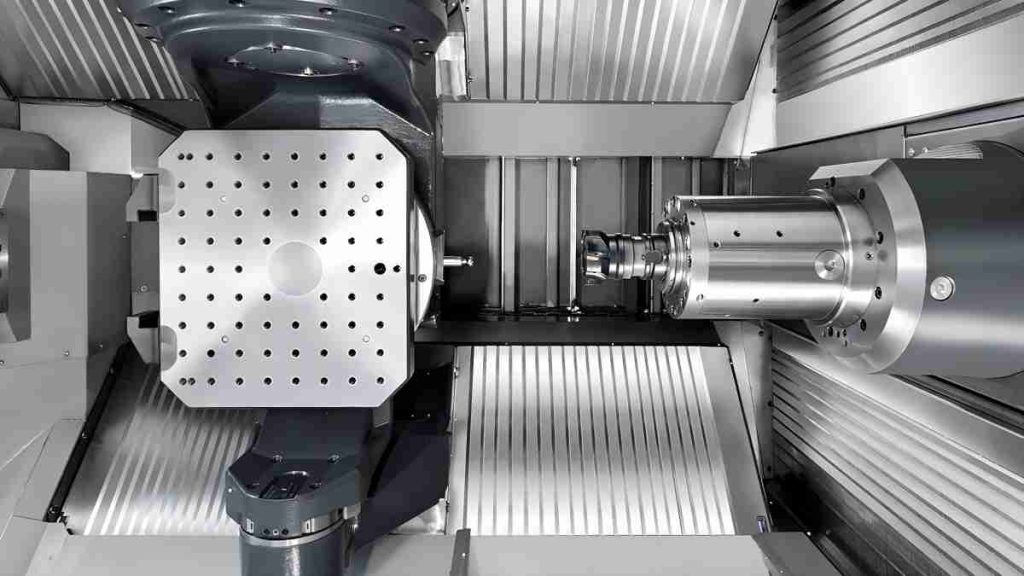
3. Workpiece Clamping and Positioning
Proper clamping and positioning of the workpiece are essential for maintaining precision during machining. Any movement or shift can lead to errors. Below are the key factors:
Clamping Techniques
- Secure Clamping: It’s important to choose the right method to securely hold the workpiece to prevent it from shifting or vibrating during machining.
- Custom Fixtures: For complex shapes, use customized fixtures or vacuum systems to hold the part without causing deformation.
- Stable Setup: A secure setup avoids any inaccuracies caused by the workpiece moving during machining.
Positioning Accuracy
- Precise Alignment: The workpiece needs to be positioned accurately. Even a small alignment error can cause significant defects in the finished surface.
- Probing Systems: Many modern CNC machines have advanced probing systems that ensure the workpiece is aligned perfectly before machining begins.
Workpiece Support
- Prevent Deflection: Thin or long parts can vibrate or deflect during machining, impacting surface quality. Adequate support fixtures help prevent this.
- Custom Support: Fixtures designed for specific workpieces provide additional stability, ensuring the workpiece remains steady throughout the process and maintaining dimensional accuracy.
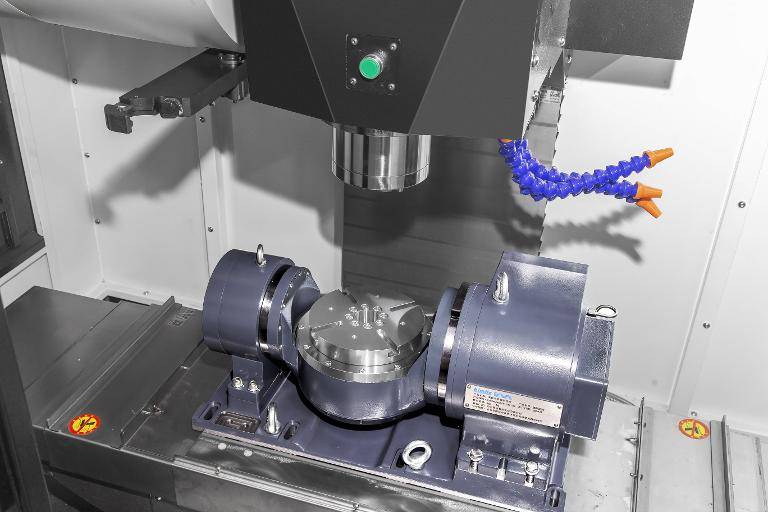
4. CNC Programming
CNC programming plays a crucial role in determining machining precision and quality. Proper programming ensures the machine follows the correct paths and helps avoid common issues. Below are the key elements to consider:
Process Parameters
- Key Parameters: Select appropriate machining parameters such as:
- Cutting Speed: The speed at which the tool cuts through the material.
- Feed Rate: The distance the tool moves during each revolution or stroke.
- Depth of Cut: The thickness of the material removed in a single pass.
- Avoiding Damage: Using incorrect parameters can lead to issues like:
- Burn Marks: Caused by excessive heat.
- Poor Surface Finish: Due to improper speed or feed rate.
- Tool Breakage: Resulting from a cut that is too deep or has high feed rates.
- Conservative Settings: For complex surfaces, use conservative parameters to maintain both safety and efficiency.
Tool Path Planning
- Smooth and Continuous Paths: Tool paths should be planned to be smooth and efficient, particularly for complex surfaces.
- Avoiding Sudden Movements: Proper planning prevents tool jumps and sudden shifts that can lead to defects.
- Software Simulation: Advanced software can simulate tool paths before machining, helping to identify potential issues like:
- Tool Collisions: Where the tool may hit the workpiece or fixture.
- Uneven Surfaces: Areas where the tool may not make consistent contact.
Simulation and Validation
- Pre-Machining Simulations: Run simulations before actual machining to visualize the entire process.
- Error Detection: This allows operators to spot potential errors such as:
- Tool Interference: Where parts of the machine might conflict with the tool’s movement.
- Incorrect Cuts: Ensuring the tool follows the intended paths.
- Cost Efficiency: Validating the CNC program beforehand helps avoid costly mistakes and ensures a smoother machining process.
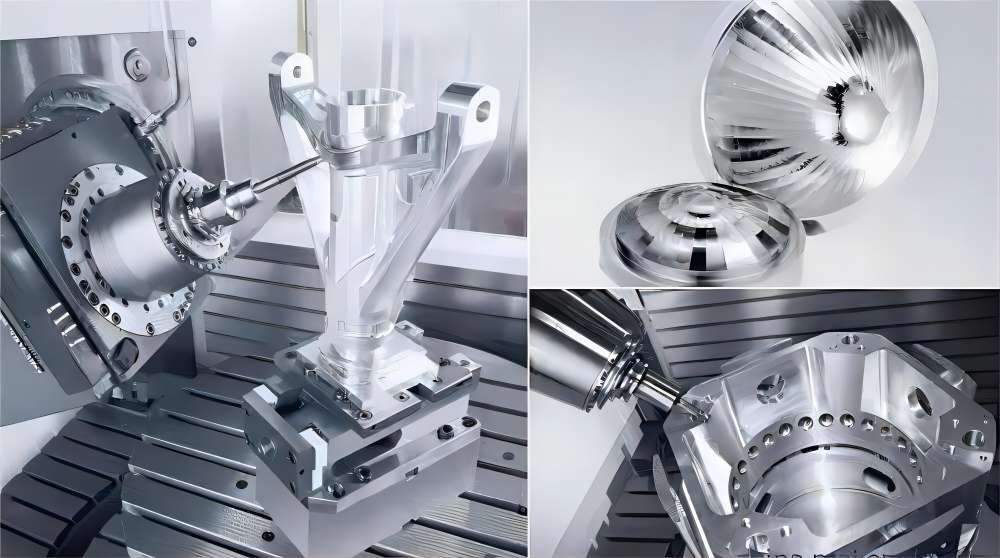
5. Measurement and Inspection
Measurement and inspection are essential to ensure that the machined workpiece meets the desired tolerances and specifications. Here are the key components involved:
In-Process Measurement
- Real-Time Monitoring: In-process measurement enables continuous monitoring of the machining process.
- Use of Sensors: Sensors and probes are used to detect dimensional deviations while machining.
- Dynamic Adjustments: If deviations occur, the machine can make real-time corrections, ensuring that the final product remains within the required tolerances.
Offline Inspection
- Post-Machining Verification: After machining is complete, offline inspection is conducted to verify the final product’s quality and accuracy.
- Inspection Techniques: Common techniques include:
- Optical Measurement: Using light to gauge dimensions.
- Laser Scanning: Capturing precise surface geometry.
- Coordinate Measuring Machines (CMMs): Devices that measure the geometry of parts accurately.
Coordinate Measuring Machines (CMMs)
- High Accuracy: CMMs provide precise measurements of a workpiece’s dimensions and surface quality.
- Detailed Assessments: They help verify that the final product meets strict precision requirements.
- Critical Applications: This is especially important in industries like aerospace and medical device manufacturing, where small deviations can lead to significant issues.
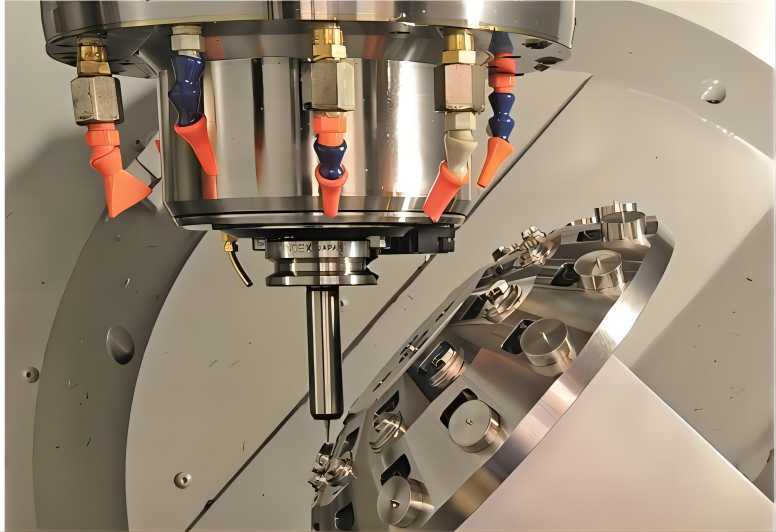
6. Other Influencing Factors
Several additional factors can impact machining precision and quality. Here are the key considerations:
Coolant Selection
- Heat Reduction: The right coolant reduces heat buildup during machining.
- Improved Tool Life: Proper coolant helps maintain optimal temperatures, extending tool life.
- Chip Removal: It assists in removing chips from the cutting area, minimizing re-cutting, and enhancing surface quality.
Environmental Control
- Temperature and Humidity: Fluctuations can cause the machine and workpiece to expand or contract, leading to inaccuracies.
- Stable Environment: Maintaining a controlled environment minimizes these effects, ensuring consistent machining precision.
Operator Skills
- Human Expertise: The operator’s skill level is crucial for ensuring machining precision and quality.
- Importance of Training: Regular training and skill development for operators enhance the overall quality of the machining process, even when using advanced machines and software.

In summary, machining complex surfaces using 5-axis CNC machines is a highly intricate process that requires careful attention to multiple factors. From ensuring machine accuracy and managing tool selection to precise workpiece clamping, CNC programming, and rigorous measurement, every step plays a role in maintaining high precision and quality. By optimizing these processes, CNC machining manufacturers can meet the stringent demands of modern industries that require high-precision components.

